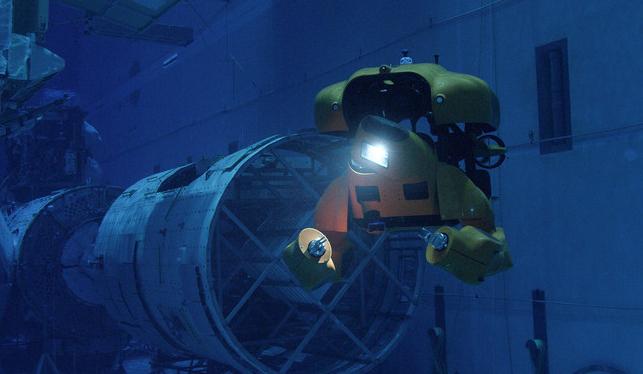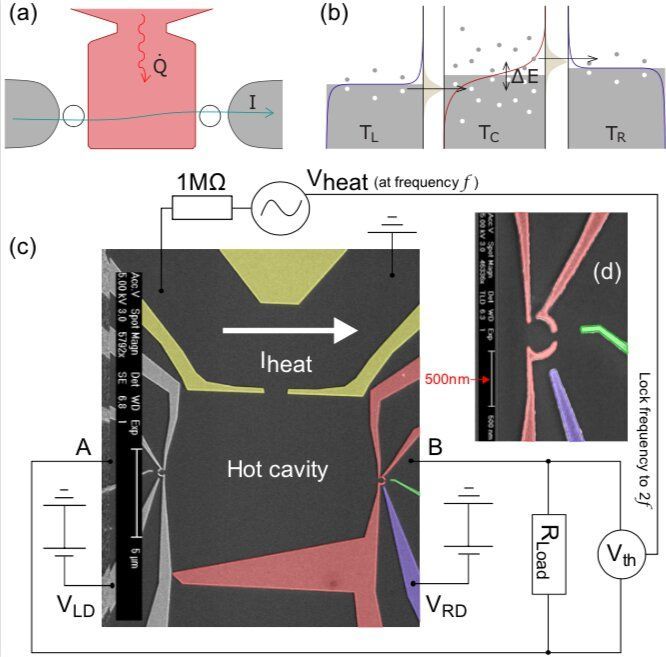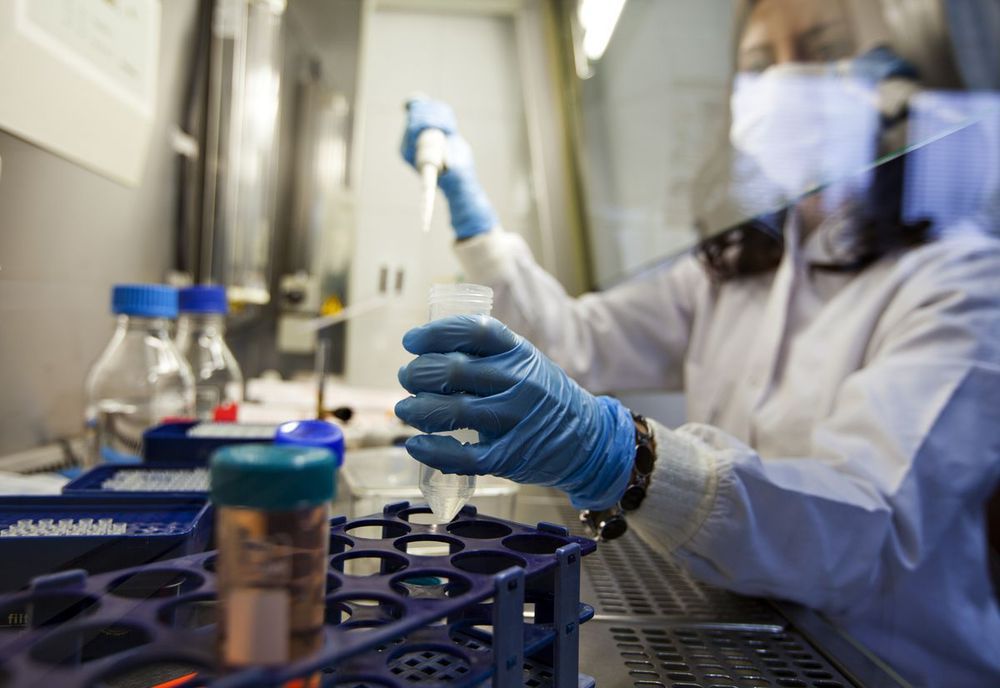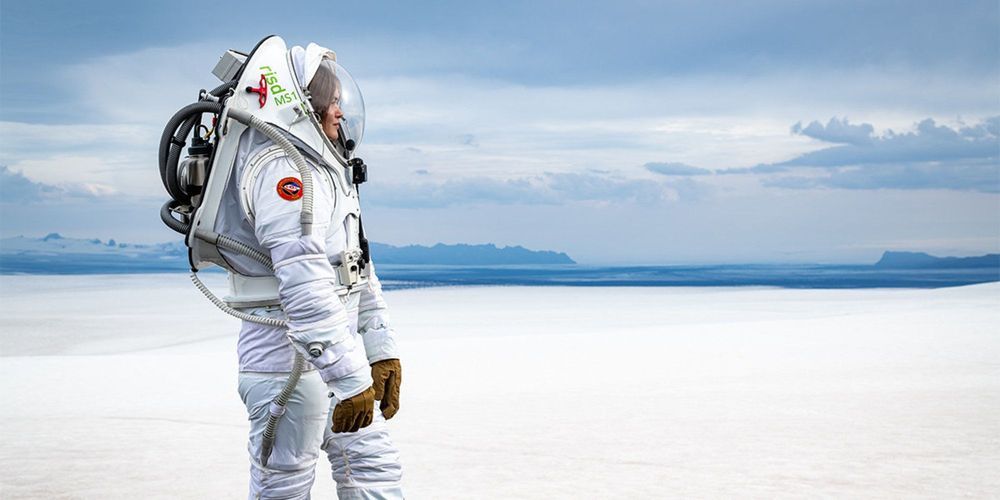Sep 20, 2019
Houston Mechatronics unveils underwater transforming robot ‘Aquanaut’
Posted by Omuterema Akhahenda in categories: robotics/AI, transportation
Houston Mechatronics (HMI) unveiled Aquanaut at the NASA Neutral Buoyancy Laboratory, one year after the announcement of the platform concept.
Aquanaut is a revolutionary multi-mode transforming all-electric undersea vehicle. The vehicle is capable of efficient long-distance transit and data collection in ‘AUV’ (autonomous underwater vehicle) mode.
After transforming into ‘ROV’ (remotely operated vehicle) mode the head of the vehicle pitches up, the hull separates, and two arms are activated so that Aquanaut may manipulate its environment.

















